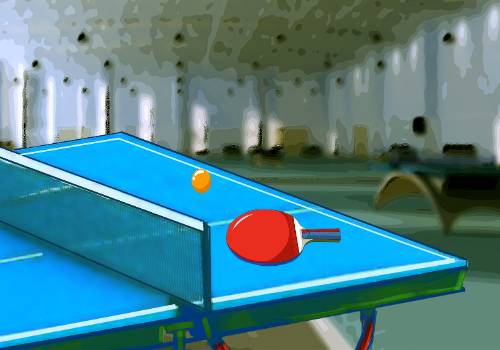People visit the ancient city wall scenic spot in Xi"an, northwest China"s Shaanxi Province, April 30, 2023. (Photo by Zou Jingyi/Xinhua)
 (资料图片仅供参考)
(资料图片仅供参考)
TAIYUAN, May 19 (Xinhua) -- During this year"s May Day holiday, Yemeni student Al-Sayaghi Waleed Mohammed Saleh Ahmed and his Chinese friends experienced the ancient way of transferring money in China"s earliest bank in the Pingyao ancient city, north China"s Shanxi Province.
"There are numerous cultural relics in China"s ancient cities which have intrigued me to learn more about the country"s past," the Yemeni said.
China has dozens of well-preserved ancient cities. In recent years, these historical sites have become new darlings of curious tourists with thriving culture and tourism industries newly developed.
Xinzhou ancient city in Shanxi, with a history of more than 1,800 years, boasts over 500 stores, many of which are time-honored, able to provide various services related to cultural relics, including catering, accommodation and sightseeing.
During the five-day May Day holiday this year, Xinzhou ancient city received more than 400,000 visitors, raking in revenues of approximately 15 million yuan (about 2 million U.S. dollars). Nearly 40 percent of the tourists were from other provincial-level regions.
"The tourist flow never ends. During the peak season, tourists queuing up for dinner easily crowded the courtyard of my restaurant," raved Wang Guodong, who runs a restaurant in Xinzhou ancient city.
Friday marks this year"s China Tourism Day. Multiple ancient city scenic spots in China have tapped into local cultural resources amid this year"s tourism boom.
People visit Jianchang ancient city in Xichang, southwest China"s Sichuan Province, May 1, 2023. (Photo by Li Jieyi/Xinhua)
Lijiang ancient city in southwest China"s Yunnan Province now hosts regular celebrations on traditional festivals, including the renowned Torch Festival, providing a festive atmosphere full of local characteristics for visitors.
Cultural elements are the major magnets attracting visitors to ancient cities. As an important carrier of the country"s intangible cultural heritages and traditional culture, ancient cities have stepped up their cultural preservation and restoration efforts alongside their booming tourism development.
An ancient county in Taiyuan, the provincial capital of Shanxi, has established 12 independent institutes for research and study on traditional cultural heritages such as movable-type printing, local opera and shadow puppetry, in its bid to better inherit and develop the ancient arts and crafts.
Liu Sai from east China"s Shandong Province and his family have been to many ancient cities in Shanxi during vacations. "The quaint environment, intangible cultural heritage exhibitions and on-site experience activities allow my kids to learn about and be touched deeply by China"s traditions," Liu said.
This aerial photo taken on May 2, 2023 shows tourists visiting an ancient village on boats in Zunyi City, southwest China"s Guizhou Province. (Photo by Yuan Fuhong/Xinhua)
Last year, to promote the protection of cultural relics, the National Cultural Heritage Administration (NCHA) issued a document on encouraging and supporting social forces to participate in protection and utilization of cultural architecture.
"With this document, we can better protect and develop historical relics in the ancient city," said Su Yawei, manager of the Taiyuan Ancient County scenic area. The ancient county plans to introduce social capital investment of 240 million yuan to continue its construction of a large-scale restoration center for cultural relics.
Geng Yeqiang, professor at the School of Economics and Management at Shanxi University, said that ancient cities, as carriers of local culture and economy, can form a cultural tourism circle during its protection and development. The process can effectively boost local economic growth and cultural relics preservation.
"Meanwhile, cultural relics protection departments, the tourism sector as well as social capital and the like should strengthen their cooperation to promote the development of this emerging economic model," Geng added.
"When a modern city embraces its old past, not only the local culture and history can be passed on, but the tourism boom can also be better channeled," Su said.■

































































































































